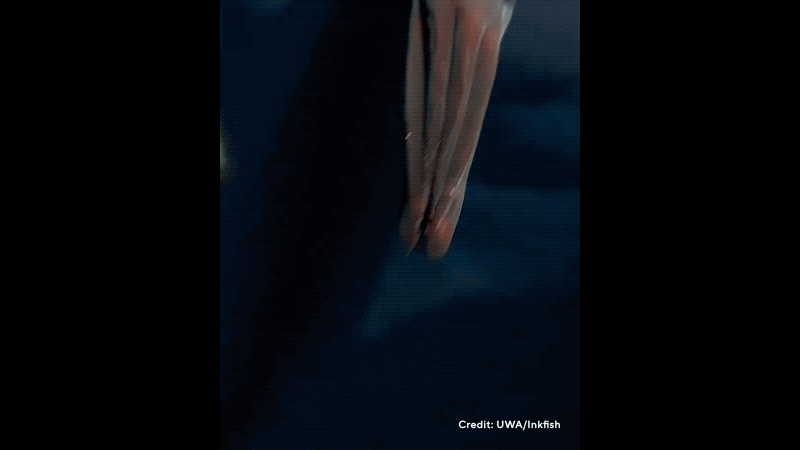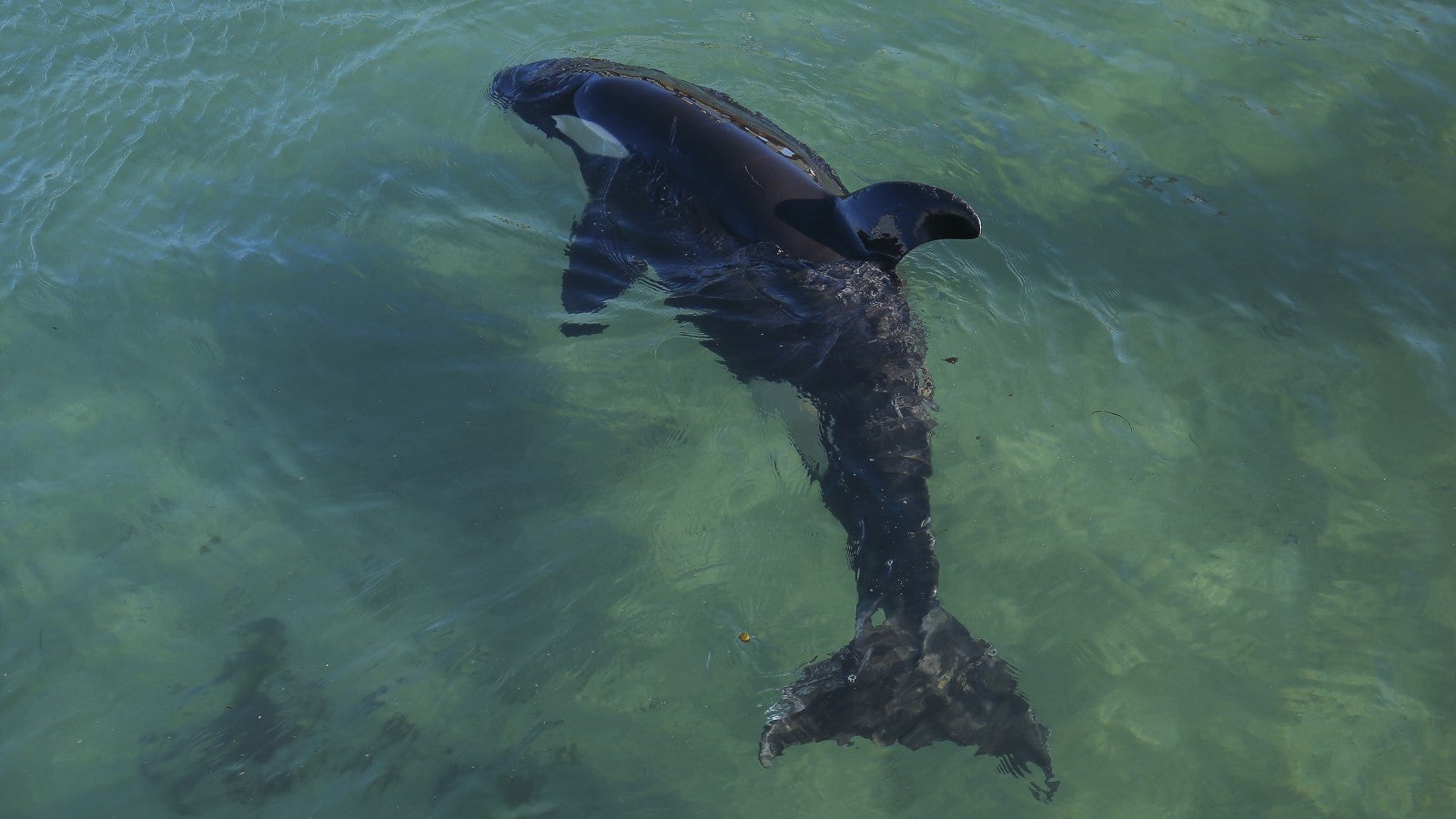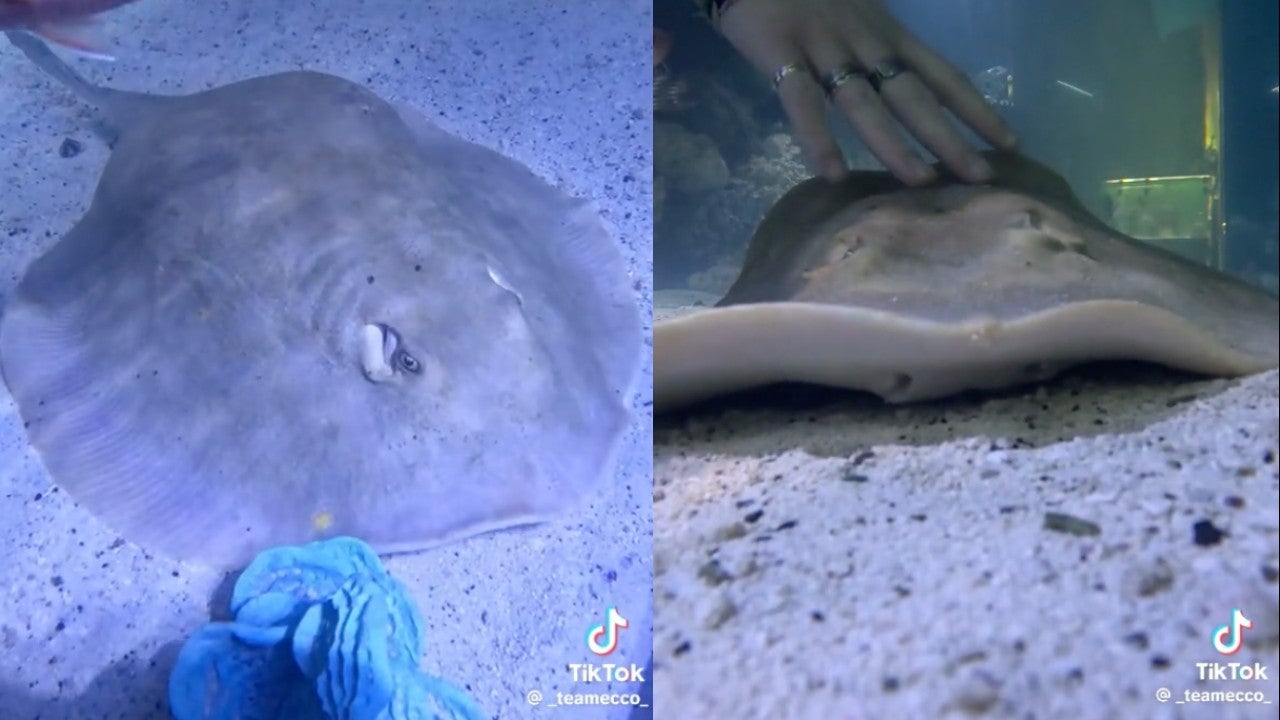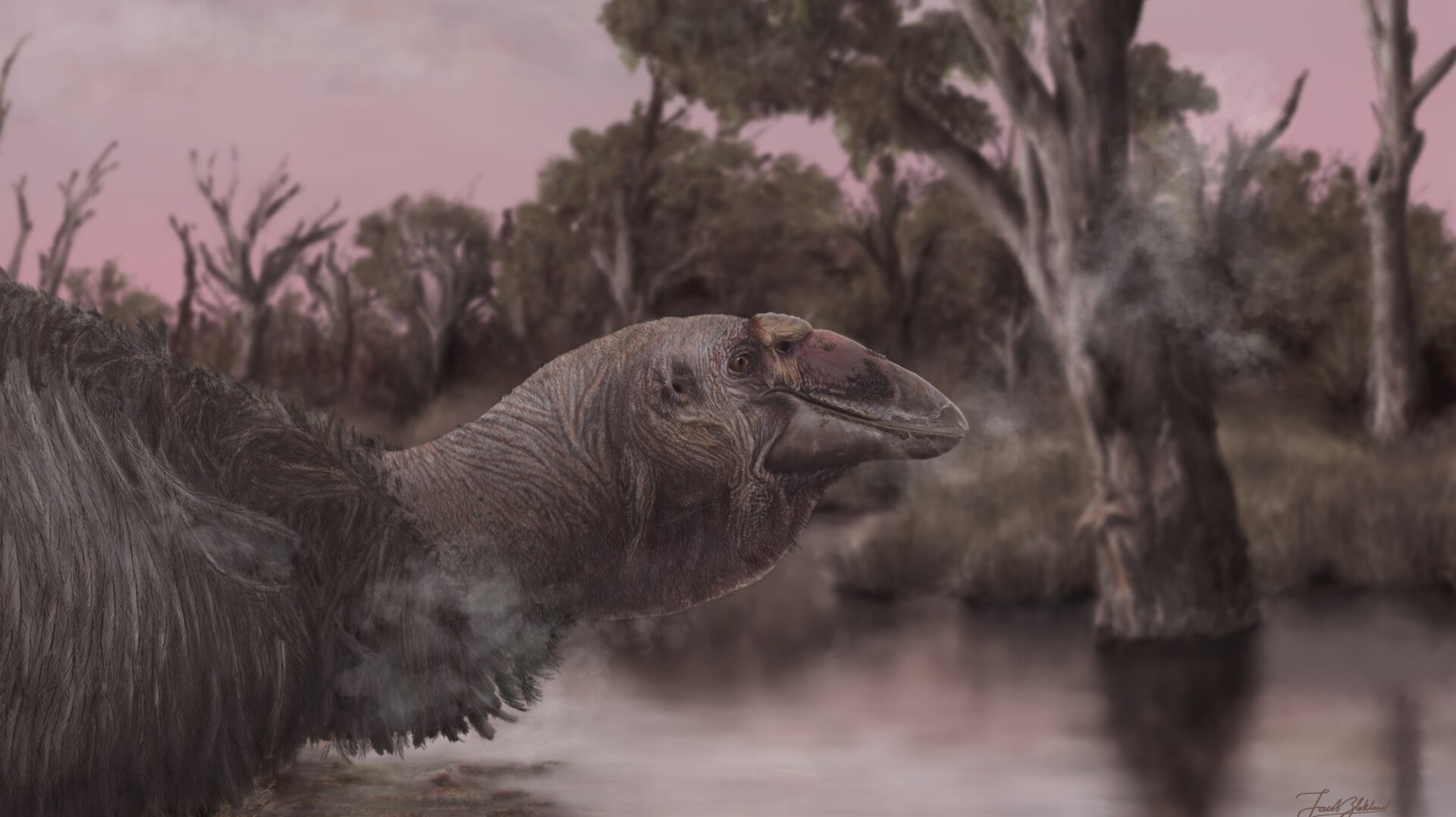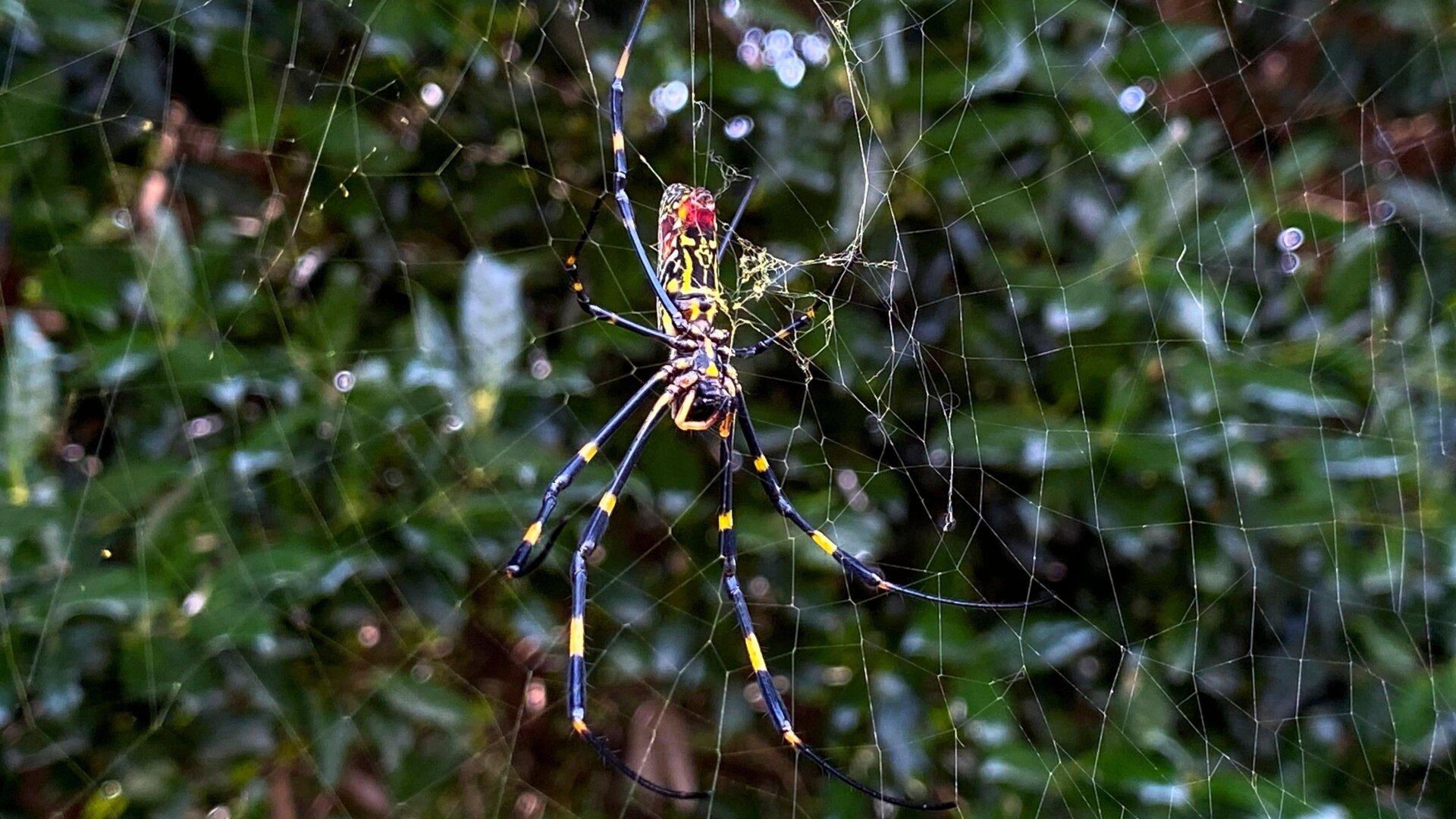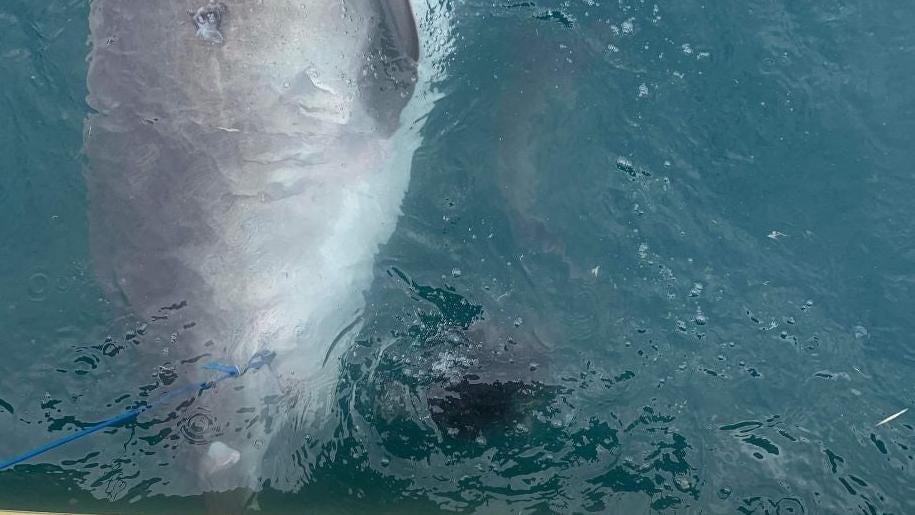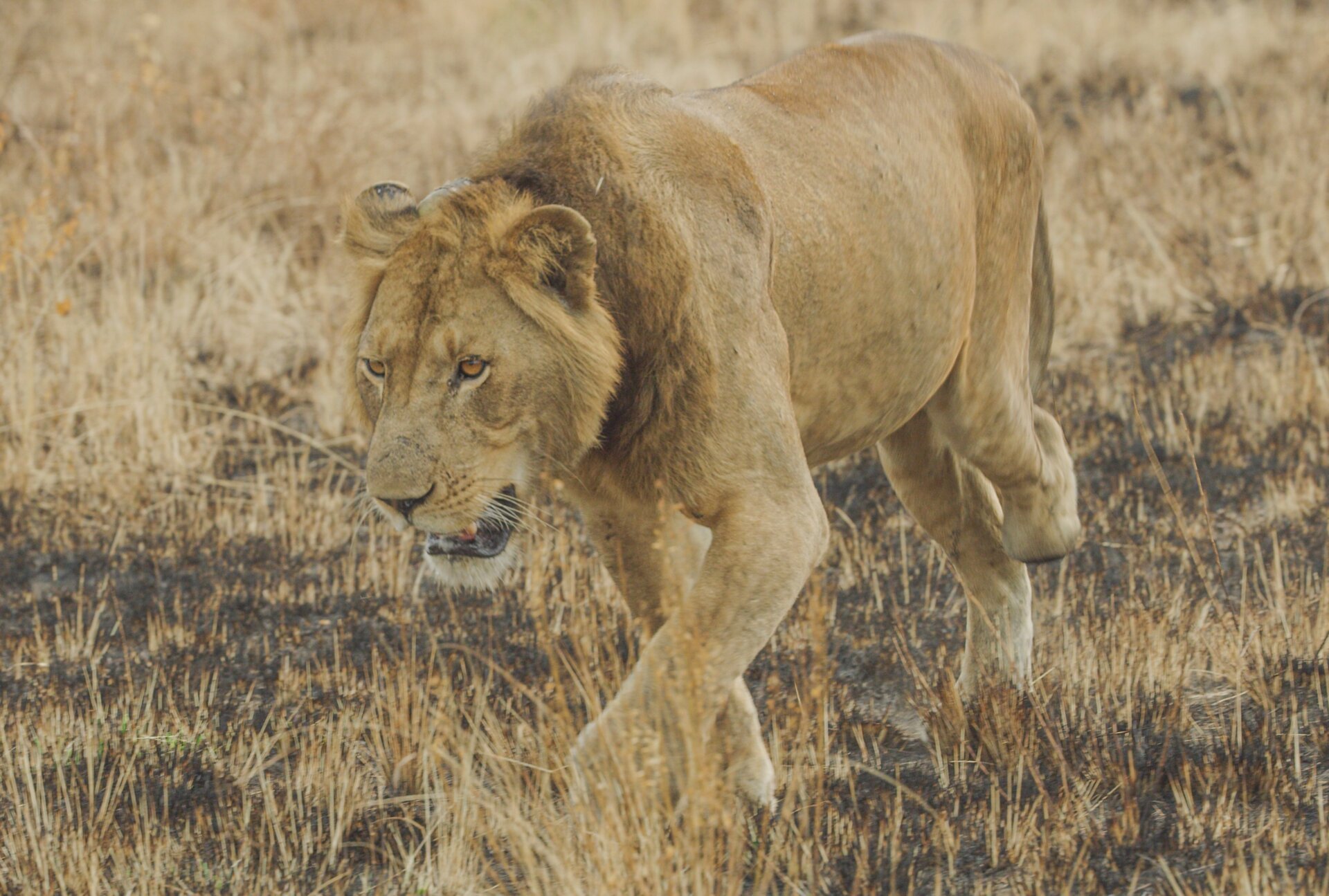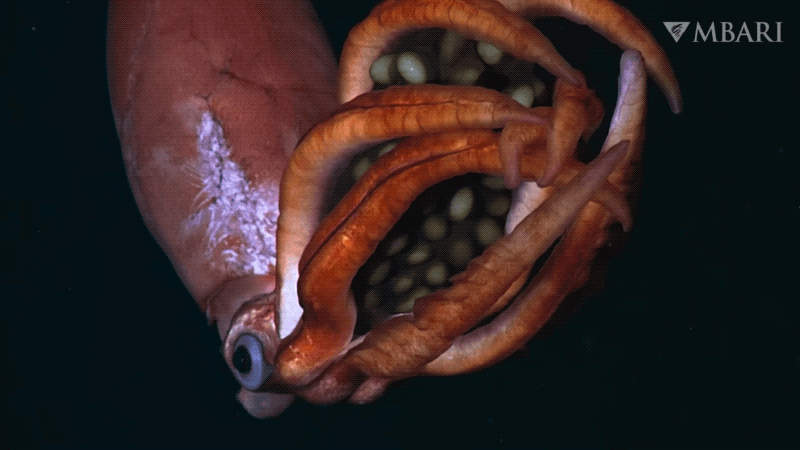A research team from the Minderoo—UWA Deep Sea Research Centre recently captured rare footage of a deep-sea hooked squid (Taningia danae) in the South Pacific. The encounter, filmed at a depth of approximately 3,281 feet (1 kilometer) north of the Samoan Passage, offers a glimpse into the behavior of this elusive cephalopod.
The 30-inch-long (75 centimeter) squid, mistaking the team’s baited camera for prey, briefly latched onto the camera arm before retreating into the darkness. Multiple cameras captured the mesmerizing interaction, providing valuable data on the squid’s behavior and habitat.
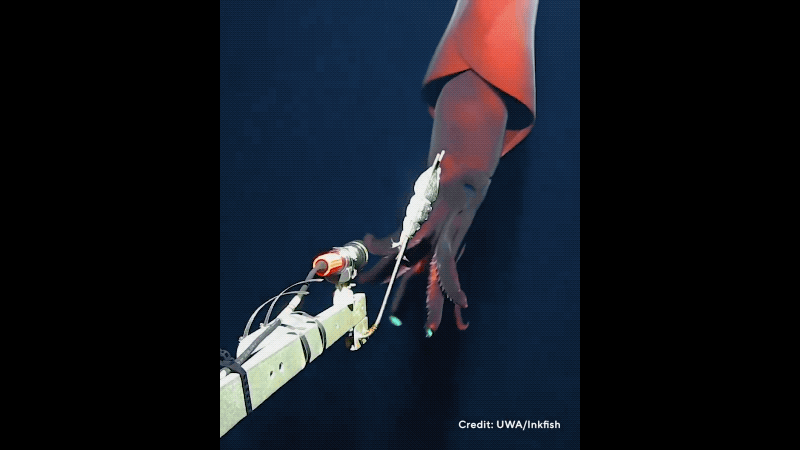 A deep-sea hooked squid approaches a baited camera.
A deep-sea hooked squid approaches a baited camera.
“Live observations of these amazing animals are extremely rare, making every encounter valuable,” said Alan Jamieson, director of the research center. Most documented encounters with this species are from strandings, accidental bycatch, or the stomach contents of whales, making this footage particularly significant. It provides insights into the squid’s geographic location, depth preferences, and hunting behavior.
The Deep-Sea Hooked Squid: A Bioluminescent Predator
While not the largest squid species, the deep-sea hooked squid boasts a unique characteristic: it possesses the largest photophores in the animal kingdom. These bioluminescent organs, located on its arms, emit flashes of light that are thought to disorient prey. This bioluminescence strategy is common among deep-sea creatures, especially predators.
 Close-up of the squid's bioluminescent photophores.
Close-up of the squid's bioluminescent photophores.
“The squid descended on our camera, assuming it was prey, and attempted to startle it with its huge bioluminescent headlights,” explained Heather Stewart, the team’s chief scientist. The footage clearly shows the squid flashing its photophores directly at the camera before making contact.
Exploring the Depths of the Nova Canton Trough
The research vessel RV dragon is currently in the final weeks of a three-month expedition in the Pacific Ocean, exploring the Nova Canton Trough. The team is focused on investigating life and underwater geographies at depths ranging from 1.86 miles (3 km) to 8 miles (12.87 km).
This deep-sea environment, shrouded in darkness and subject to immense pressure, holds the potential for discovering new and unusual life forms. The encounter with the deep-sea hooked squid, at a relatively shallow depth within the research parameters, hints at the fascinating discoveries that may await in the deeper reaches of the trough.
Unveiling the Mysteries of the Deep
The footage of the deep-sea hooked squid not only provides valuable scientific data but also highlights the remarkable biodiversity of the deep ocean. As research continues, we can expect further insights into the unique adaptations and behaviors of deep-sea creatures, enriching our understanding of this largely unexplored realm.



